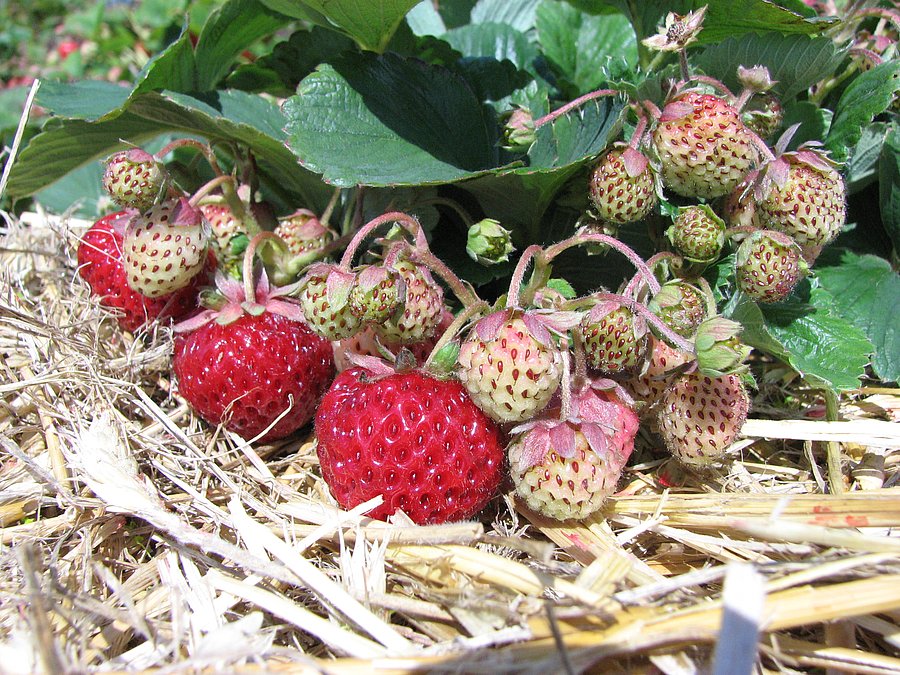Crop diversity has decreased significantly worldwide over the last century. To raise awareness of this situation for Germany and to support actions for the conservation and sustainable use of this diversity the Red List of endangered native crops of Germany was developed.
In order for a species or its variety, landrace or cultivar to be included in the Red List, the following four conditions must always be met at the same time. The corresponding crop should
- be indigenous, i.e.
- local, regionally adapted or
- be an old German variety (landrace) or
- have a socio-cultural relation to Germany.
- be endangered, i.e.
- have a low to no actual occurence in situ/on farm.
- be important, i.e.
- be historically/ culturally important, or
- have a potential use for cultivation, commercialisation and consumers, or
- have a developing potential for breeding.
- not have an existing legal status, i.e.
- no plant variety protection („expired two years ago“) and
- no plant variety registration („expired two years ago“).
The Red List contains 2610 entries of species and varieties of the use categories fruit, vegetables, cereals, oil- and protein-producing plants, sugar, starch, fibre plants, medicinal, aromatic and stimulant plants, forage crops and grassland (as of June 2022).
